
Check out what sautillé is, how to learn it, and how it differs from other techniques like spiccato!
What is Sautillé Bowing?
Sautillé is a bowing technique where the bow quickly bounces or jumps off the string creating short and sharp notes. This technique is mostly used for very fast passages. The word sautillé comes from French and means to jump.
The sautillé technique shares a common ground with staccato and spiccato. The latter is an Italian term meaning “jumping”, so it might be the reason why these techniques are sometimes confused.
While spiccato can be used in slow and mid-tempo pieces, sautillé is used for faster tempos. As a rule of thumb, notes at a tempo of around 100 bpm or faster should be played as sautillé. But this is definitely not a hard rule, as sautillé can be performed in slower tempos too.
Sautillé is not one of the most common bow techniques, but it’s very useful to have it in your arsenal.
Now, let’s see how you can recognize it in sheet music.
Sautillé Sheet Music Notation
The sautillé bowing technique is notated with dots above or below the notes. Usually, it will be the sixteenth or thirty-second notes.

Before there were academies and conservatories, various symbols and text notes used in sheet music did not have a universal meaning. Moreover, sautillé and spiccato mean the same thing in different languages. It does create confusion as when you see a dot above or below notes, it might be staccato, spiccato, or sautillé.
So, if there is a dot in the score, we have to decide how to play it: to create our own interpretation or follow the musical style of the era.
Sometimes accents (the arrow symbol) might be used instead of dots, but that’s rare. Whether to use sautillé or not depends on the tempo of the piece, the era it was composed, and other factors. For example, you shouldn’t do sautillé while playing a Baroque composition.
Very rarely, the dots or accents won’t be there at all, and it’s the player’s task to realize that the phrase will benefit from playing it sautillé.

Examples of Sautillé
Have a listen to Kreisler’s Recitativo and Scherzo. The beginning of the Scherzo part has staccato dots. However, since it is fast, it is often played as sautillé.
The next video shows several excerpts from various compositions where you can see many well-known violinists play sautillé. Check it out to have a visual reference!
Learn the Sautillé Violin Bow Stroke
When playing sautille, you do not lift or drop the bow but you try to control its bouncing.

1. Find the balance point
Start by playing fast tremolo on the upper half of the bow and gradually go toward the lower half of the bow.
As the bow bounces, you will see that there is a balance point around the middle. Now try to control the bounce as best as possible with your wrist, fingers, and maybe a slight forearm movement.
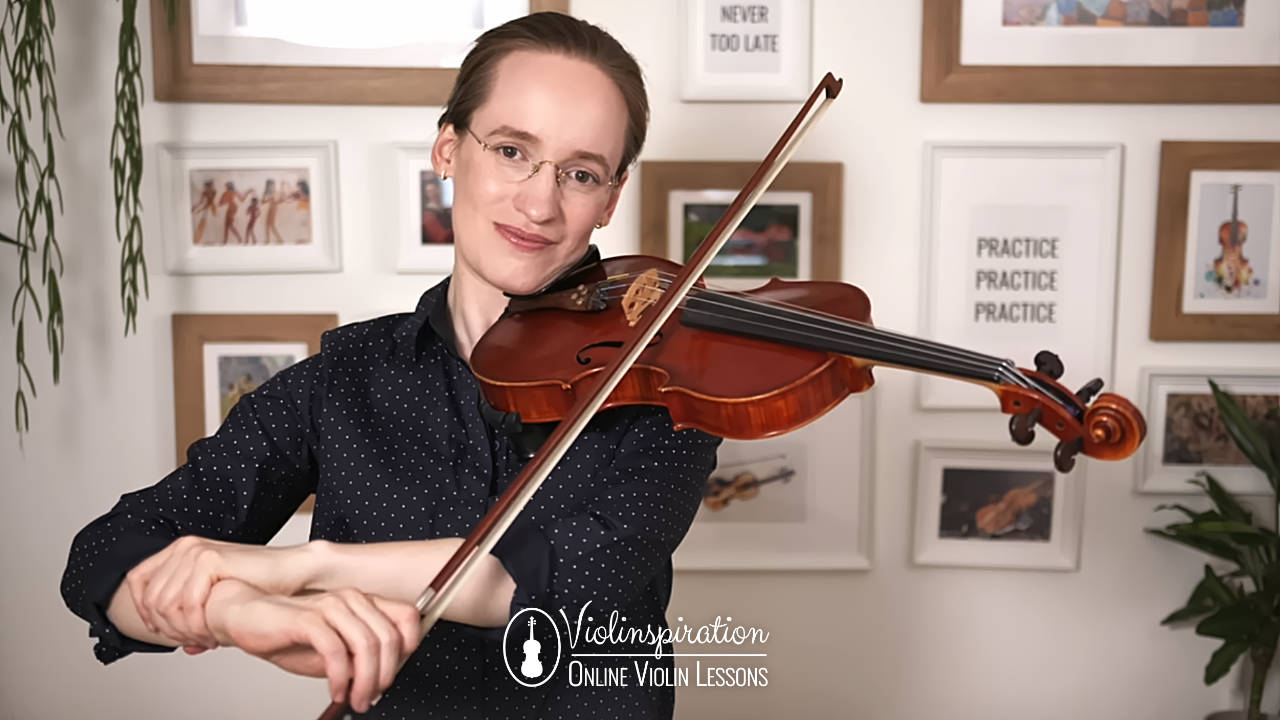
2. Control your fingers, wrist, and forearm
Your arm should be perfectly relaxed and no pressure should be applied, as always. The movement is controlled by the index finger as well as your ring finger. You should loosen the grip on your second finger, but don’t leave the stick. Your little finger can hover just above the bow stick.
You will notice that the harder you press with your index finger, the higher the bow bounces.
Your wrist does initiate the move, however, the movement of your wrist should be very minimal. Also normally you don’t need to move your forearm, but depending on a variety of reasons like bow structure and arm length, a slight movement of your forearm might help.
For this technique, you need to let the bow bounce, as the point is to let it help you play short and sharp notes. During difficult pieces, you might find that playing sautille passages can give you a short break and an opportunity to relax by reducing the bow pressure on your hand so that you won’t get tired that easily.
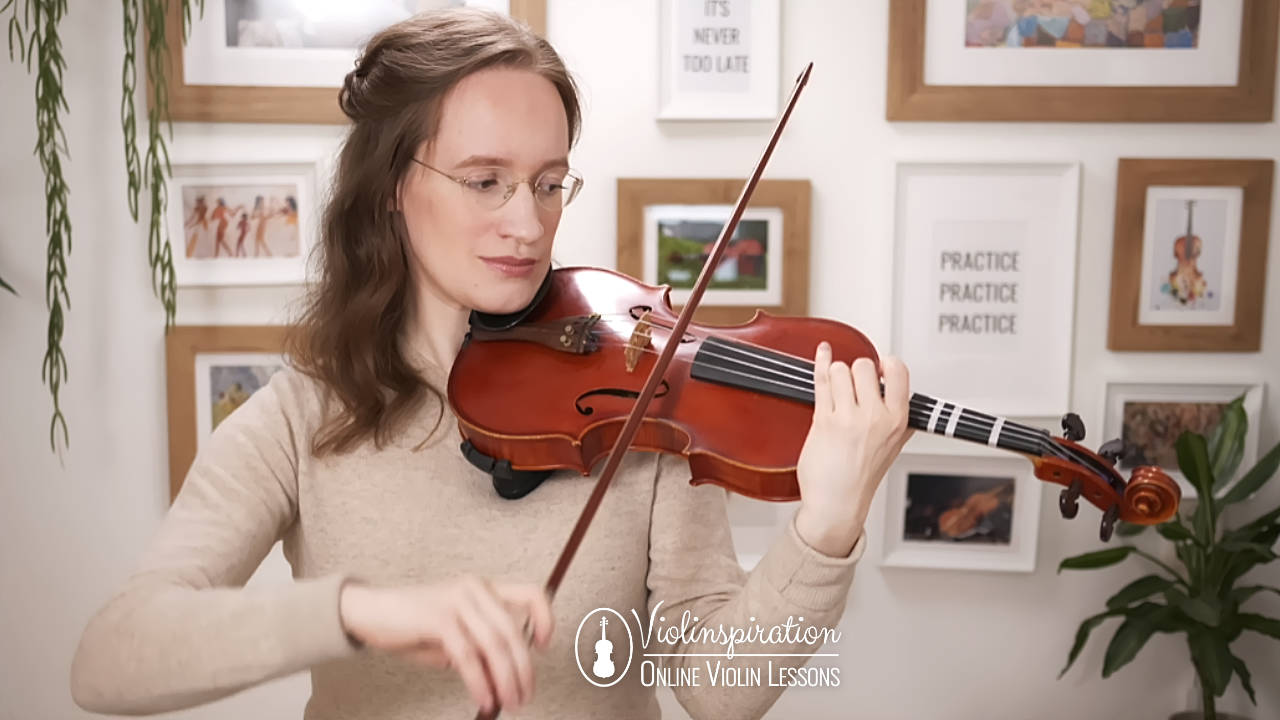
3. Adjust the bow speed
You can achieve different speeds by moving the bow closer to the balance point. The closer you get to the balance point, the slower the tempo of bounces. But also your index finger plays a crucial role, as the higher the bounce, the slower the tempo.

4. Adjust the tilt of your bow
As with spiccato, and most, if not all, bow techniques, you can achieve different qualities of sound depending on the tilt of your bow. If you’re using your full bow hair, the bow will jump best and the sound will be clearer, but if you tilt the bow a bit it will be less clear and it is more suitable for softer dynamics such as piano.
How to Study Sautille
You can practice sautille the following way:
1. Practice on open strings
The best thing you can do to learn sautille is to study repeated pitches, like focusing on open strings, one at a time.
2. Play scales with the sautille bowing technique
If you feel like it’s going well with open strings, try scales, which is always the best thing to practice new techniques. With scales, you won’t have to worry too much about playing in tune, as you can play the scales that are easier for you.
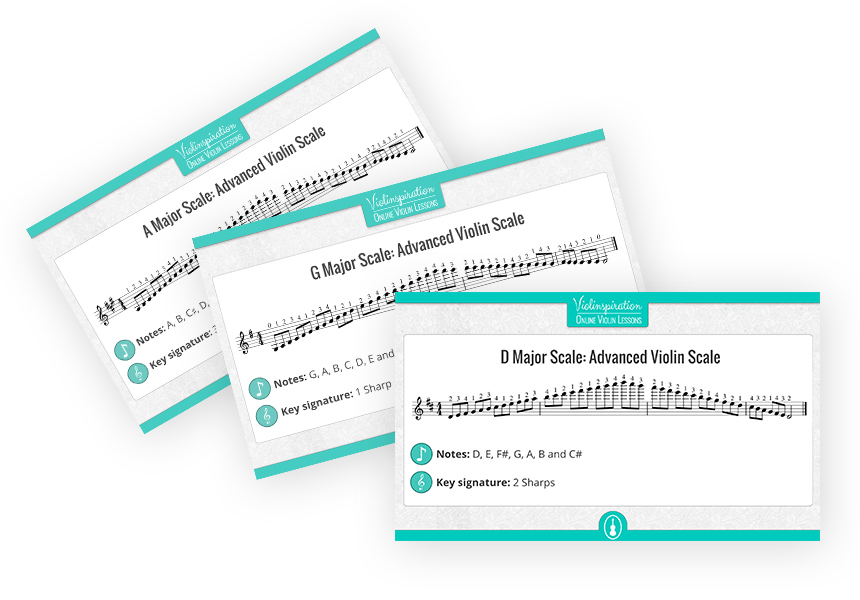
5 Most Common Violin Scales
for Advanced Player
It will be very beneficial for you to study with a metronome, as it is with everything of course. But especially a technique like sautille needs to be very precise instead of random bounces of the bow.
3. Play Sevcik etues
There are several exercises by Sevcik you can try. You can check out my post and download free resources by Sevcik over here. A specific exercise for sautille is variation no. 6 from 40 Variations, Op. 3. Download it below!
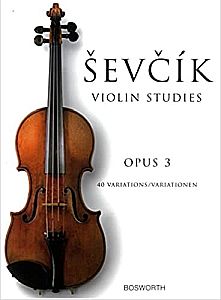
Sevcik – Violin Studies Op. 3 – 40 Variations
Free Violin Sheet Music
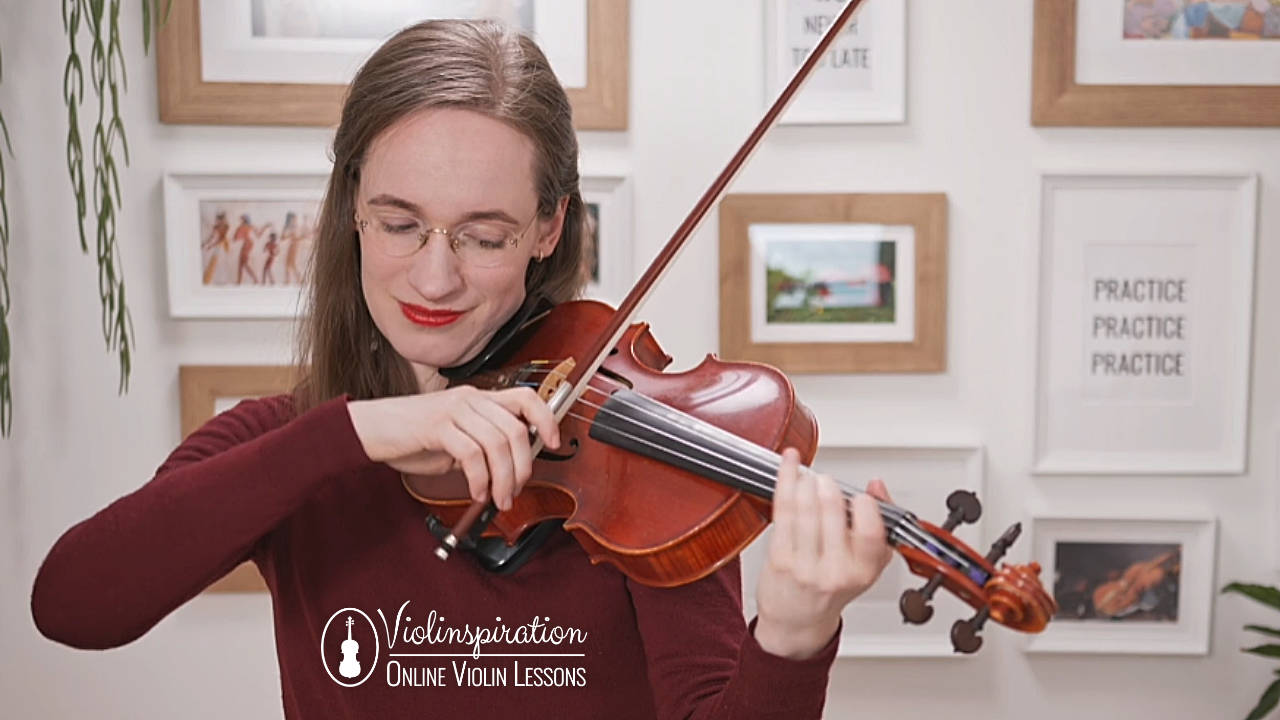
Summary
Sautille is a bowing technique that can take your playing to a new level, even though it might be challenging to control the bounces of your bow. Additionally, it can help you rest your hand while playing it.
I hope that this post helped you learn this technique!























